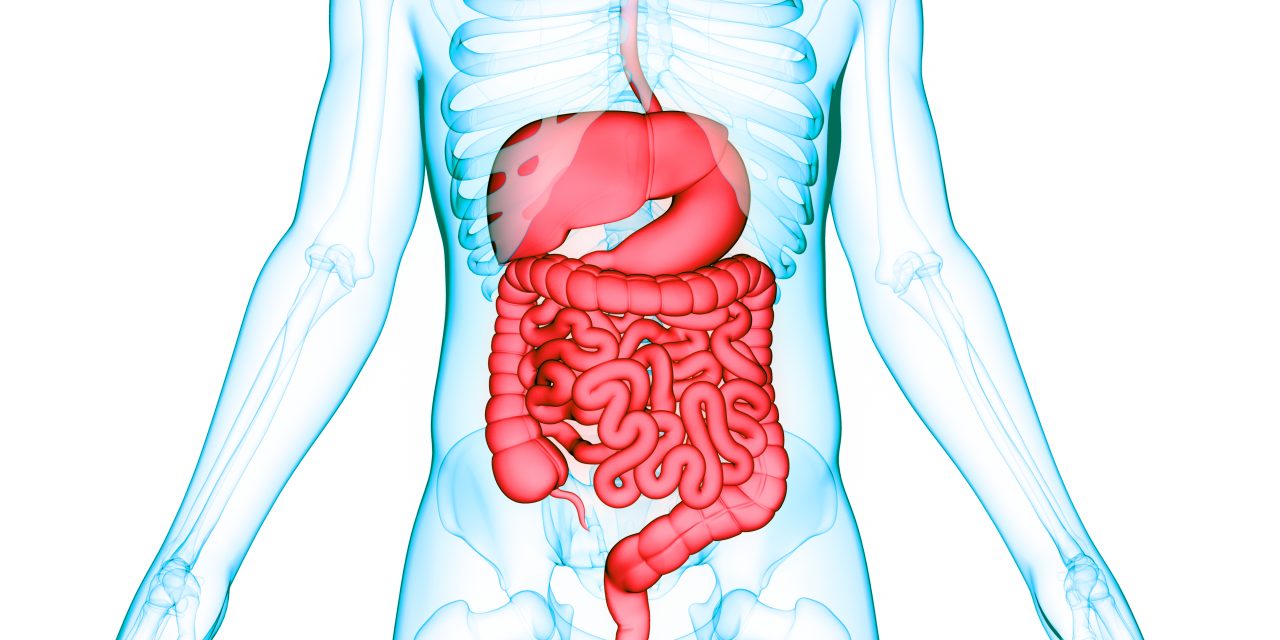This study aimed to identify additional characteristics and features of coronavirus disease (COVID-19) by assessing the clinical courses among COVID-19 patients in a region outside Hubei province. We analyzed retrospective data regarding general characteristics, epidemiologic history, underlying chronic diseases, clinical symptoms and complications, chest computed tomography findings, biochemical monitoring, disease severity, treatments, and outcomes among 37 adult patients with COVID-19. According to the duration from symptom onset to release from quarantine, the patients were divided into the ≤20 and >20-day groups, and the similarities and differences between them were compared. Among the 37 patients, five had mild disease, 30 had moderate disease, one had severe disease, and one was critically ill. All of the patients were released from quarantine, and no mortality was observed. The average duration from symptom onset to release from quarantine was 20.2 ± 6.6 days. The average duration from symptom onset to hospitalization was 4.1 ± 3.7 days, and the patients were hospitalized for an average of 16.1 ± 6.2 days. The average age was 44.3 ± 1.67 years, and 78.4% of cases were caused by exposure to a patient with confirmed disease or the workplace of a patient with confirmed disease. The main symptoms were cough (67.6%), fever (62.2%), shortness of breath (32.4%), fatigue (24.3%), sore throat (21.6%), vomiting, and diarrhea (21.6%). White blood cell count was decreased in 27.0% of patients, and lymphocyte count was decreased in 62.2% of the patients, among whom 43.5% patients had counts of ≤0.6 × 10/L. On admission, 86.5% of patients showed pneumonia in chest CT scans, including some asymptomatic patients, while 68.8% of patients showed bilateral infiltration. In the >20-day group, the average age was 49.9 ± 1.38 years, and the average duration from symptom onset to hospitalization was 5.5 ± 3.9 days. Compared with the ≤20-day group, patients in the >20-day group were older and the duration was longer ( < 0.05). All of the seven asymptomatic patients belonged to the ≤20-day group. When the 37 patients were released from quarantine, the white blood cell count of 16.2% of the patients was <4.0 × 10/L, the lymphocyte count of 59.5% of the patients was 0.05). The majority of COVID-19 cases in the study area were mild and moderate, with good clinical outcomes. There were some special characteristics in the clinical course. The reasons for differences in the duration from symptom onset to release from quarantine were complex. There was no significant change in the number of granulocytes at the time of release from quarantine compared to that at the time of admission.Copyright © 2020 Tian, Chang, Wang, Wu, Zhang, Zhou, Zou, Tian, Xiao, Xing, Chen, Han, Ning and Wu.
Clinical Characteristics and Reasons for Differences in Duration From Symptom Onset to Release From Quarantine Among Patients With COVID-19 in Liaocheng, China.


